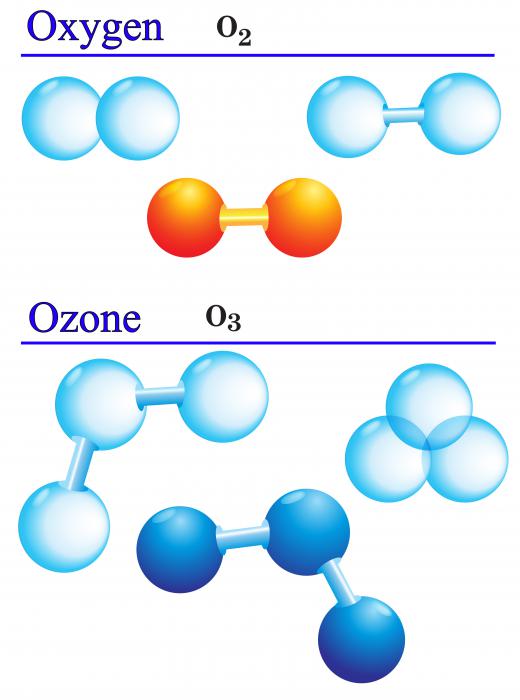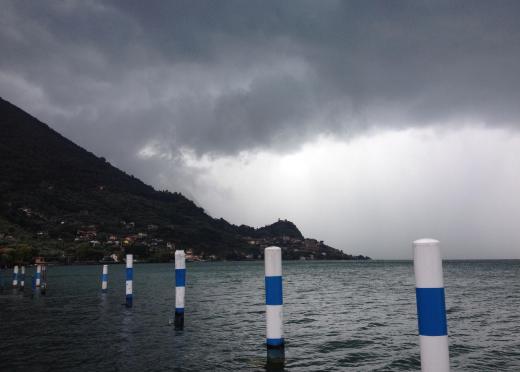What is the Troposphere?
 Tricia Christensen
Tricia Christensen
The atmosphere of earth is divided into four layers that are partially based on height, but are also categorized by temperature. The bottom layer, or that closest to the earth is called the troposphere. The other layers up from the troposphere are the stratosphere, mesosphere, and thermosphere. Some scientists include a fifth category called the exosphere. The lowest level of the atmosphere has a significant effect on people constantly because it is where almost all weather takes place.
The troposphere can’t simply be categorized by height, since it can vary in its thickness, and it also changes seasonally in thickness in various locations. Another factor that may change the thickness of this layer is the latitude of a specific place. It can be said that this section of the atmosphere is approximately 7-8 miles in thickness (about 12 km), but it is also generally shallower at the earth’s poles and deepest near the equator.

In addition to being responsible for most weather phenomena, the troposphere also contains that gases that help to sustain life on earth. Unfortunately the density of this lowest atmosphere section and the layers that press down upon it also keep many undesirable gases circulating, including the varied greenhouse gases. These can have an overall effect on weather and also on the heat of air. Yet in general, as the troposphere climbs in height, its temperature drops.

When people look at pictures or graphic representation of the atmosphere layers, they may seem still, which creates a false idea that these layers aren’t active. In contrast to still photos or illustrations in science books, people should think of this layer of the atmosphere as very active. It circulates air, constantly, and it interacts with earth in numerous ways. It is in constant flux as it responds to earth’s temperature, the pressure of the layers above it, and the light of the sun, and it produces winds, clouds, fogs, storms and sunny weather.
The other important fact that people should recognize about the troposphere is that it is directly underneath the stratosphere. Actually, a thin layer called the tropopause separates the two. However, most people would commonly know the stratosphere as the area containing the ozone layer.
Like the troposphere, the ozone layer is also thinnest at the poles, and gases from this lowest layer affect the degree to which the ozone layer works, even creating holes in it that fail to protect people from the sun’s harmful rays. This too, should be viewed as an interactive process. As people fill the troposphere with harmful gases or pollutants, some of these will filter up to and destroy or thin part of the ozone layer, creating less protection for all.
AS FEATURED ON:
AS FEATURED ON:












Discuss this Article
Post your comments